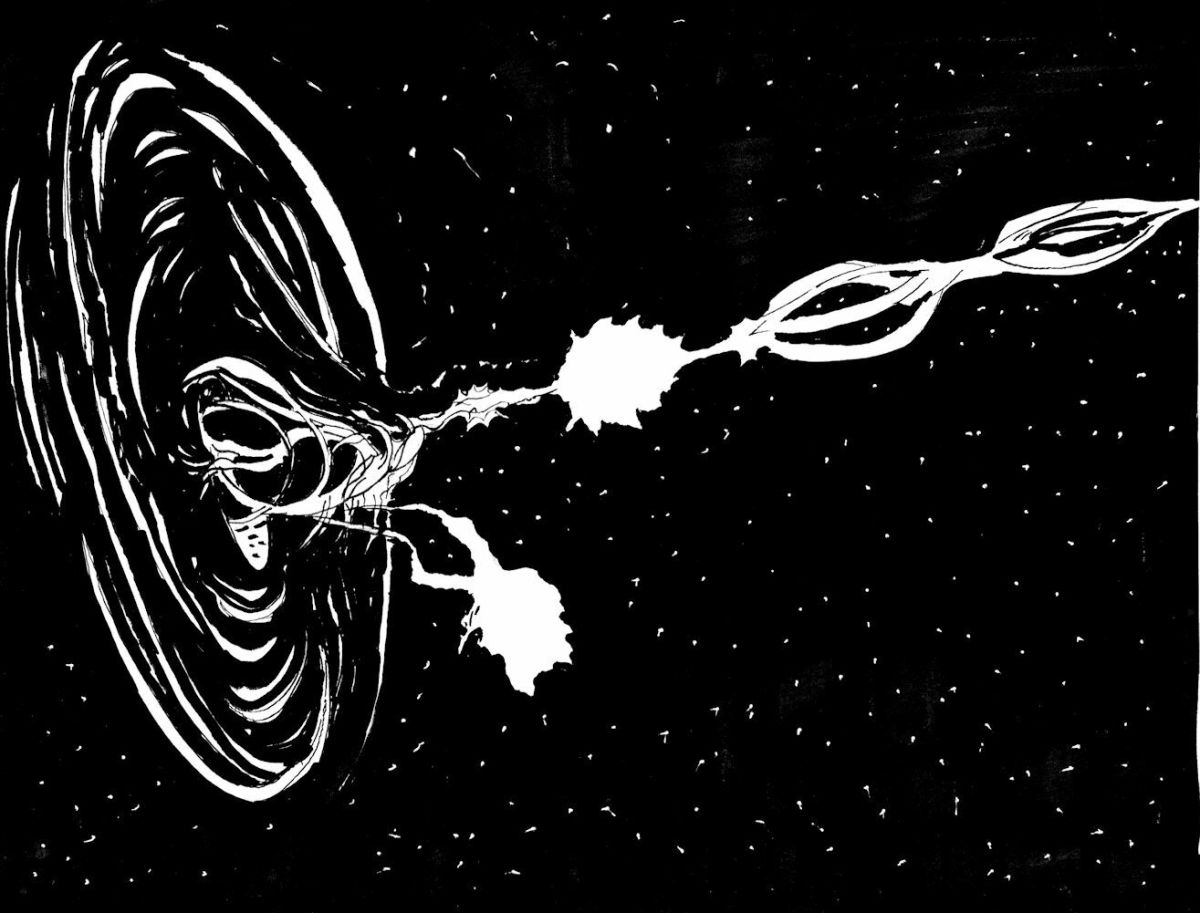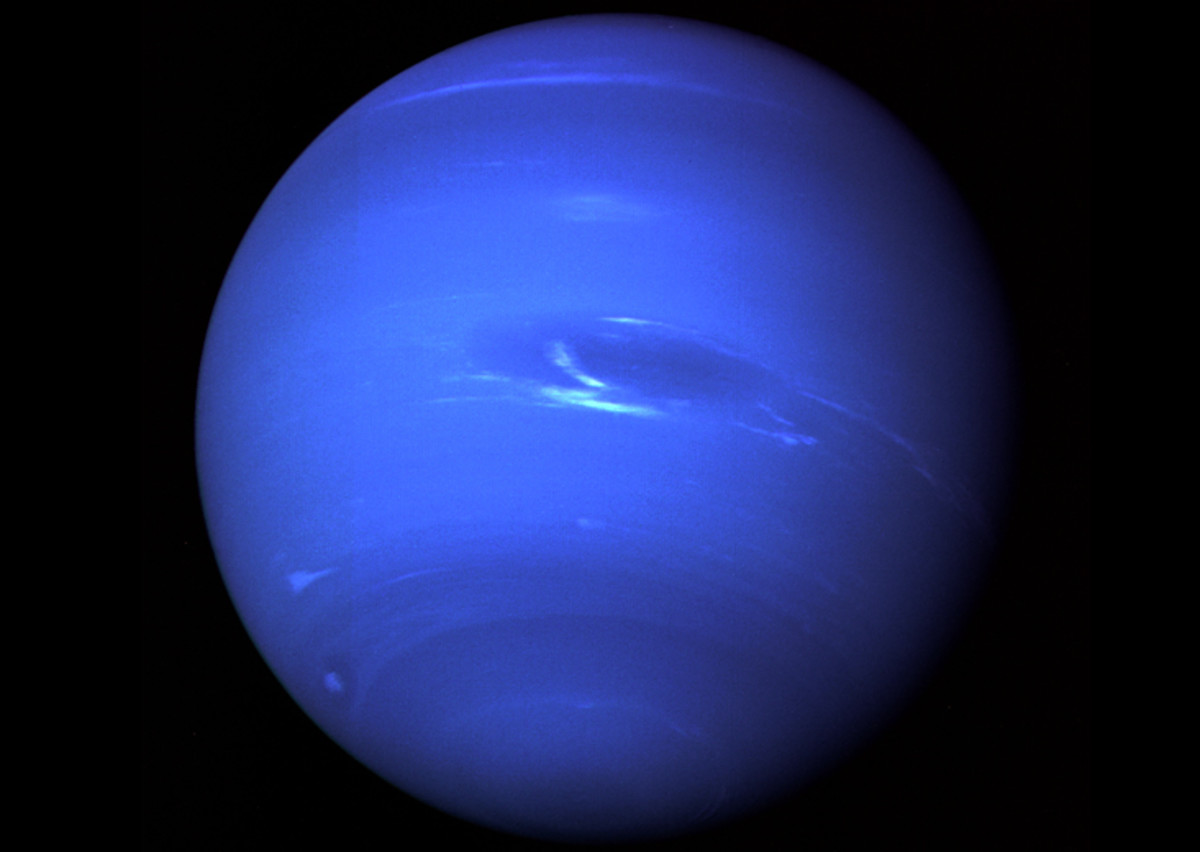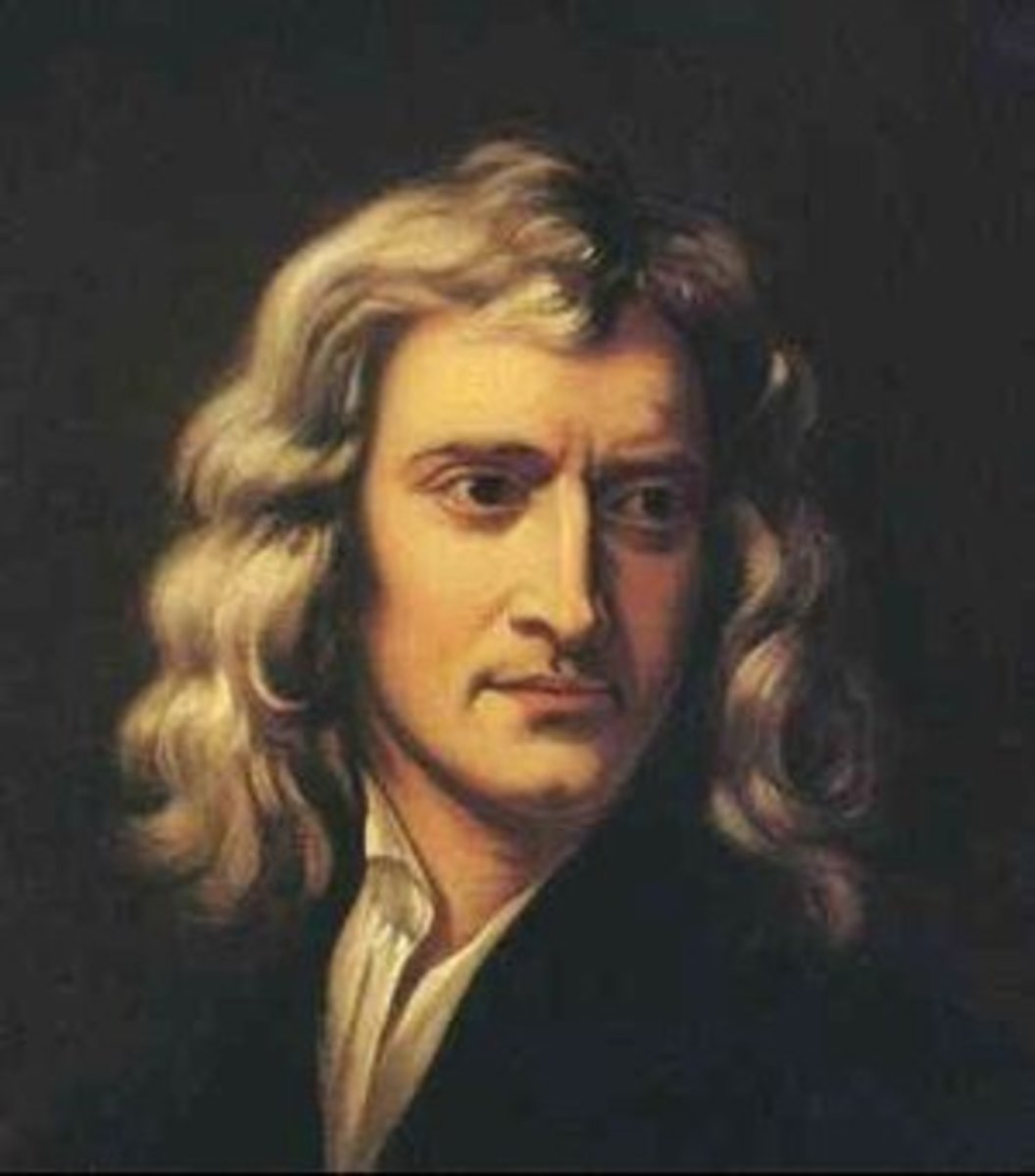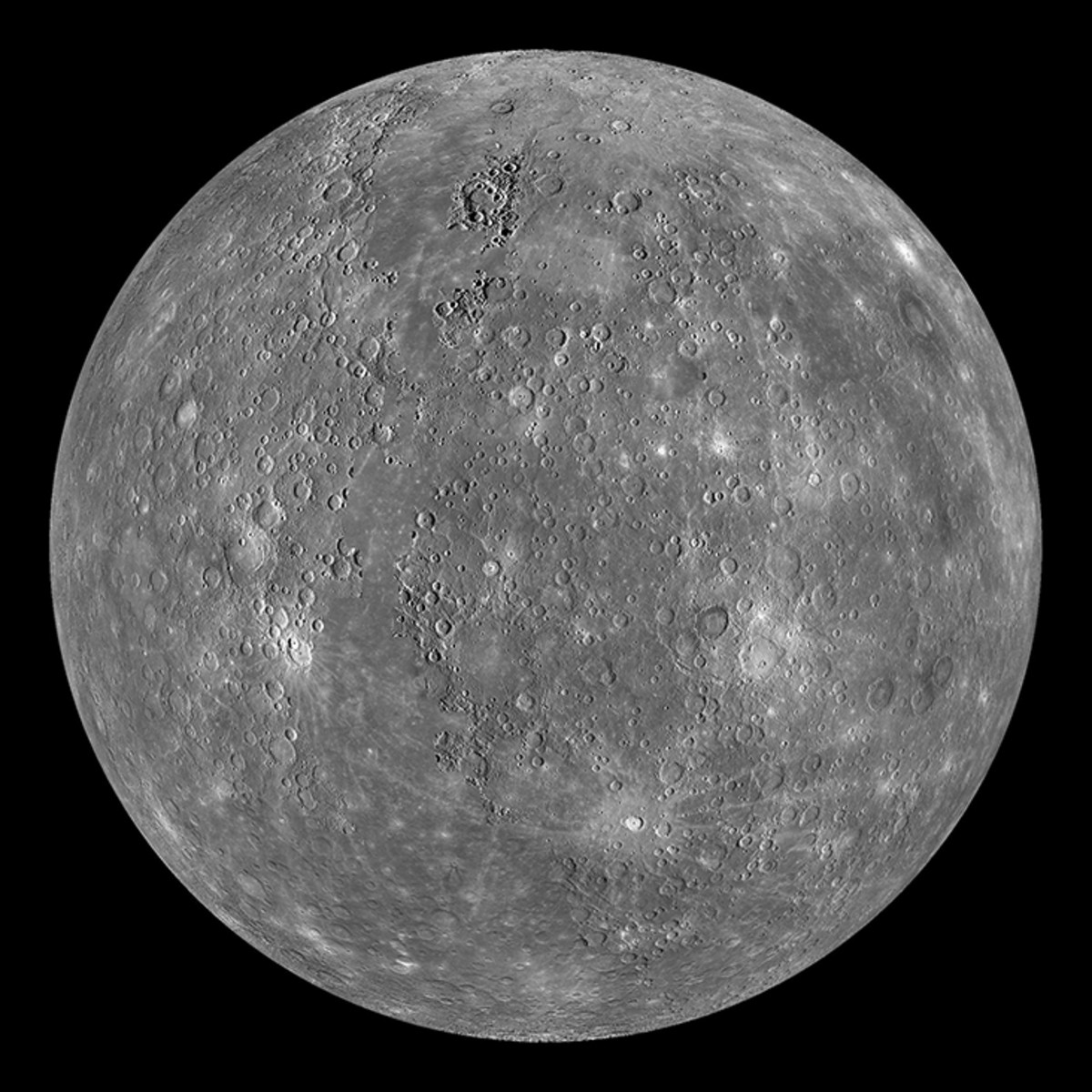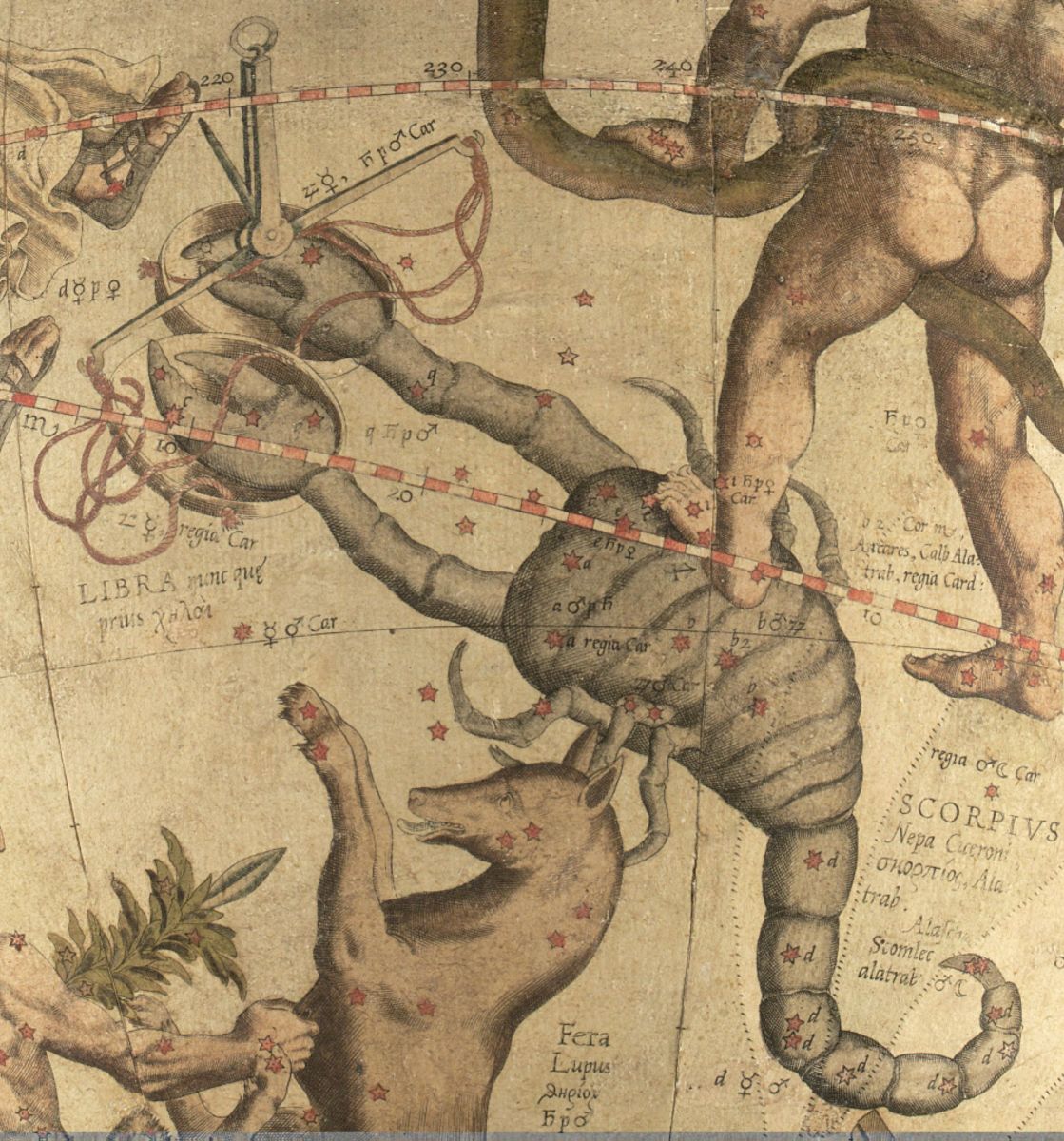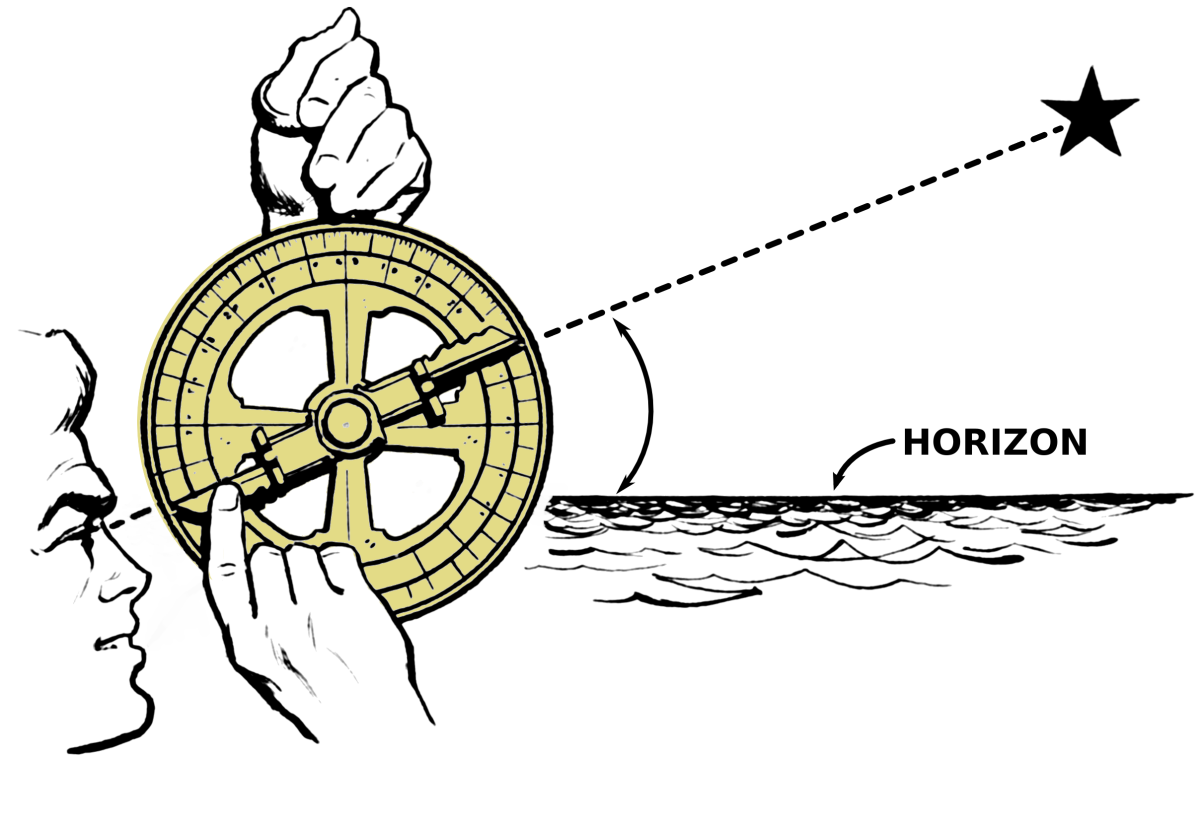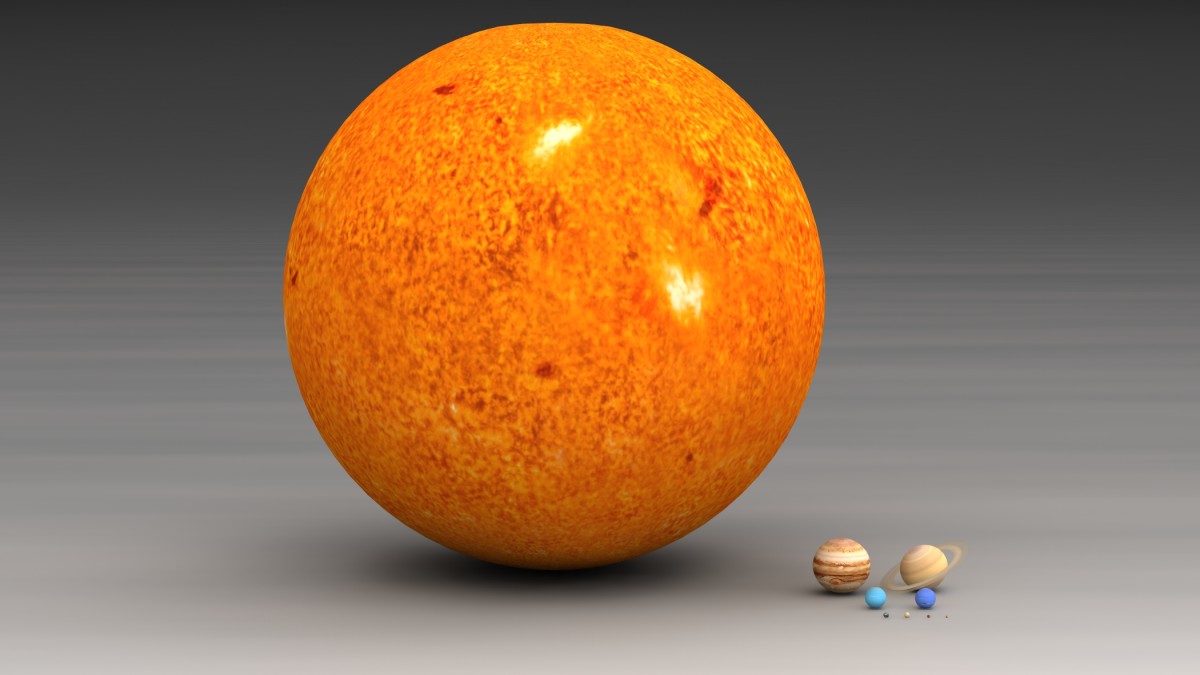On Time and Cosmological Acceleration
A long trail of discovery has brought us to our current understanding of the cosmos.
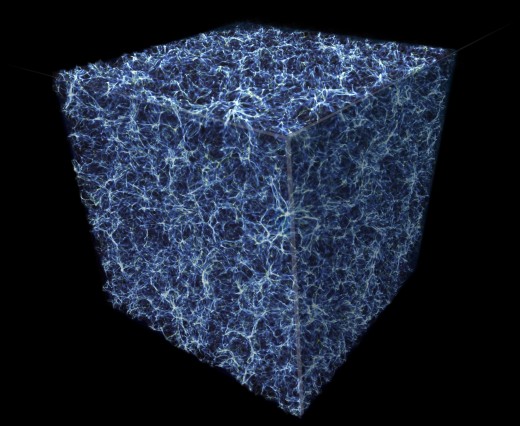
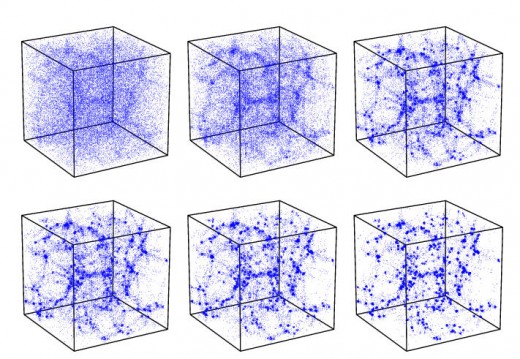
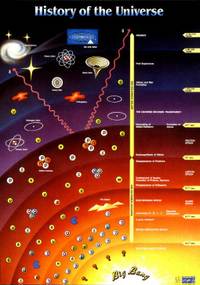
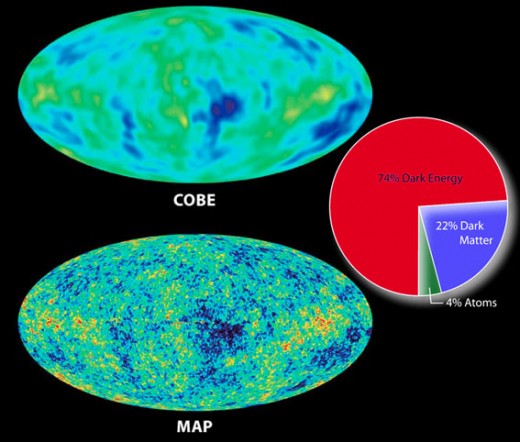
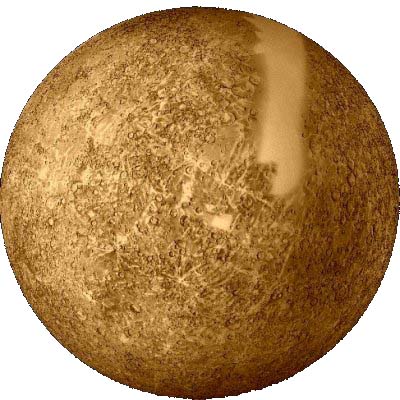
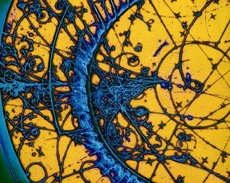
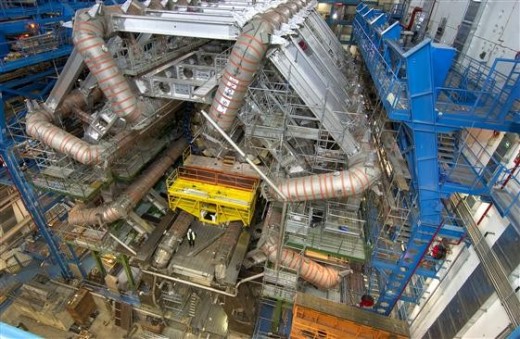
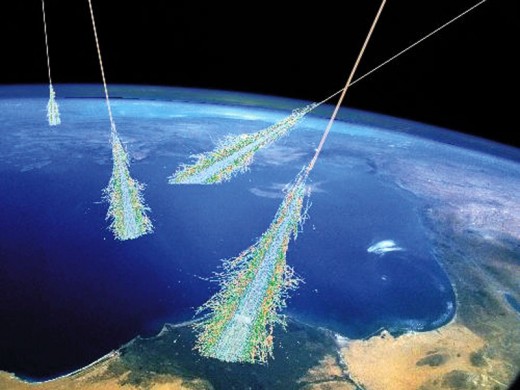
Since we are inside the cosmos, we see things from that perspecive and as a result, time and gravity play tricks on our senses.
The key to understanding the accelerating cosmological expansion that has thrown a lot of current theories and understanding in doubt, is the understanding of the relativity of time and what is referred to as time dilation. Einstein's ideas concerning the contraction and dilation of time is fundamental in understanding where we are and why the cosmos appears to be doing what it does in our view. We are embedded in the cosmos and therefore see it from the inside. We already know and can account for orbital variations of Mercury, the slowing and speeding of time in orbit and what happens to short lived particles when near the speed of light. What we see by way of cosmological acceleration is by way of an illusion based on an incomplete understanding of what is going on. Media and pop science has made a lot of confusion on this matter. In the beginning, it was Hubble who discovered that the cosmos was expanding and from this we worked backwards to arrive at the big bang. We have also worked forward and based on recent observation on the apparent increasing acceleration with distance from our point of view. This new observation has spurred a flurry of hypotheses and ideas including the one presented here.
Einstein placed no limits on the velocity of the expansion or collapse of space, whereas light and matter were restricted to the relative velocity of light. Carefully consider what he stated, as it is loaded with deep implications and significance. He has been experimentally and observationally vindicated in the main thrusts of his ideas. What limits were imposed were in the relationship between mass, gravity and energy. In fact Einstein told us that mass and gravity tells space how to curve and the curvature of space tells mass and gravity how to behave. This is a classic feedback loop. The distribution of mass and gravity is also uneven in the cosmos, where there are strings of galaxies and vast voids in between. This distribution also follows various strange attractors like the point, the sink, the source and the saddle. The distribution of mass in concentrated form, such as in galactic clusters, causes gravitational lensing that creates curious effects. Light is bent around the galaxy clusters to create magnification of background objects behind the cluster. The magnified objects often show up as curved arcs around the galactic clusters demonstrating the curvature of space visually. Excellent Hubble images of gravitational lensing show these patterns clearly.
In the big bang scenario, the cosmological acceleration was faster than the speed of light as the initial fireball exploded out of the void. It then slowed and later accelerated according to the modern ideas of expansion. The early historic expansion view is supported by investigations of the COBE and WMAP satellite observations. But when we look to the edges of the cosmos with the Hubble and Iras telescopes, we see a disturbing vision that suggests a dark, cold and almost empty, lifeless future. We know from Stephen Hawking that in falling matter into a black hole appears to slow from our point of view. There is also a dramatic red shift near the event horizon. If somehow we were at the event horizon ourselves, the cosmos would appear to speed up the closer we got. In fact, as we got ever closer to the event horizon, time itself would appear to be accelerating as the cosmos evolved and changed faster and faster. This is fundamental to the frame of reference and time dilation. Could it be then that the sum of gravity is causing us to witness a local distortion of time perspectives by making it appear that the expansion of the cosmos is accelerating as time unfolds? Is it also possible that no matter where one is in the cosmos, the same thing would be observed? Could it be that we are witness to a grand cosmic illusion?
We have witnessed what gravity can do on the large scale in the form of gravitational lensing caused by large groups of galaxies. The further we look into space, the more gravity we we deal with between us and the far cosmic depths. This increases distortion and can give us a weird view of reality. The intervening gravitational fields in a combined and uneven manner can cause apparent greater acceleration at great distances. Also, it we peer out in different directions, the acceleration may vary. This idea so far has no corroborating support as observations to the depth in many directions have yet to be done.
Another observation closer to home involving high speed sub atomic particles coming in from deep space in the form of gamma radiation. Relativistic particles strike the upper atmosphere and create a host of short lived shower of particles that rain down, such as muons. The more energetic gamma radiation is, the faster the impact debris is that rains down. The longest lasting radiation, typically in the form of muons, travelling almost at the velocity of light can live eighty times longer than the normally do and can reach the surface of the Earth and be detected. Normally, they are detected only in the upper atmosphere. When the sun is quiet, high energy gamma rays are more prevalent from deep space. So observing them is more fruitful during sun spot minimum when the sun is quiet. These muons tell us something about the nature of time and how it can have great illusory effects. They also tell us something about time travel, which is not as popularly detailed to us by the media and science fiction tales. All time distortions occur in the here and now. Mercury does not disappear (except when occulted by the sun) even though it ages more slowly due to its proximity to the sun. Probes in the future will vindicate that the radioactive decay in the rocks show an apparently younger age on Mercury than the rocks on Earth. This will certainly create a dither of new ideas when it is "discovered". Nor do time dilated muons disappear from view except when they decay or are detected and changed by observation. Changing something by observing it is typical of the quantum realm.
Frame of reference in general relativity tells us that these seeming contradictions and counter intuitive circumstances do indeed exist. This is where ideas such as the twin paradox comes from. Time as we perceive it is a local manifestation and does not exist as we think. Time is change and it is discrete as the cosmos is built on quantum events which are also discrete.


